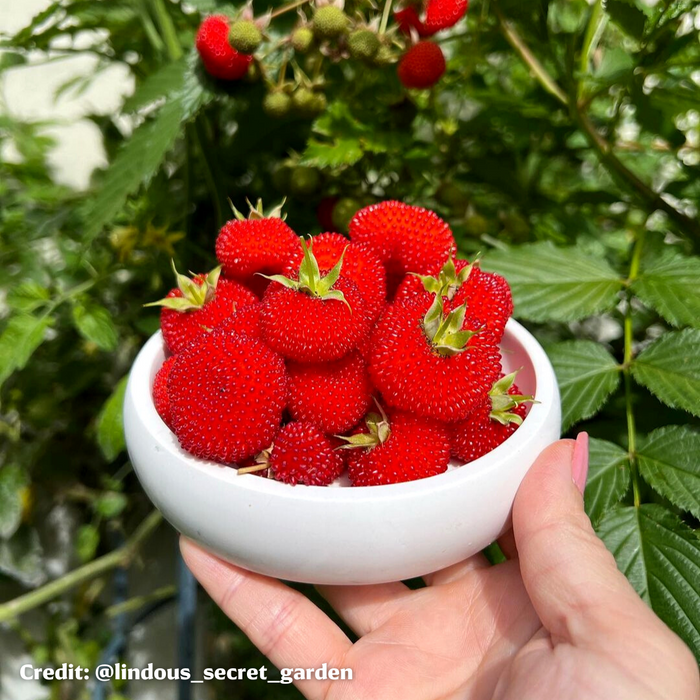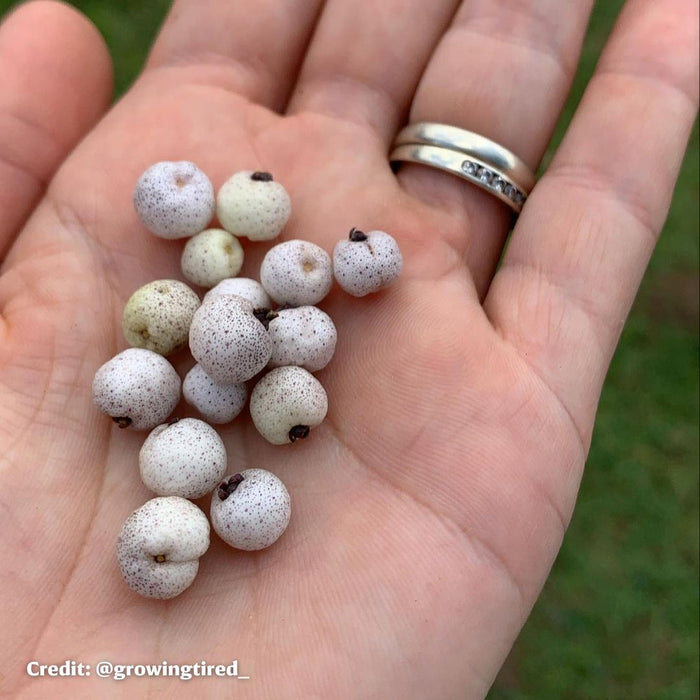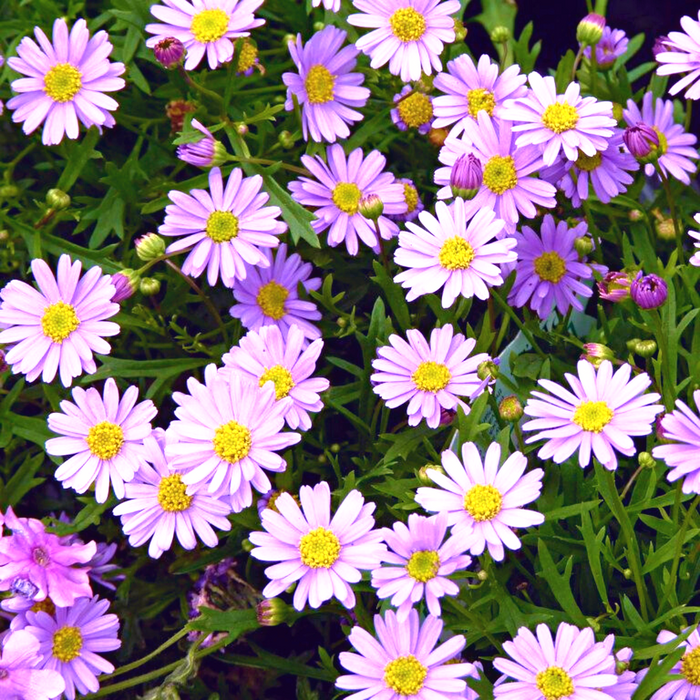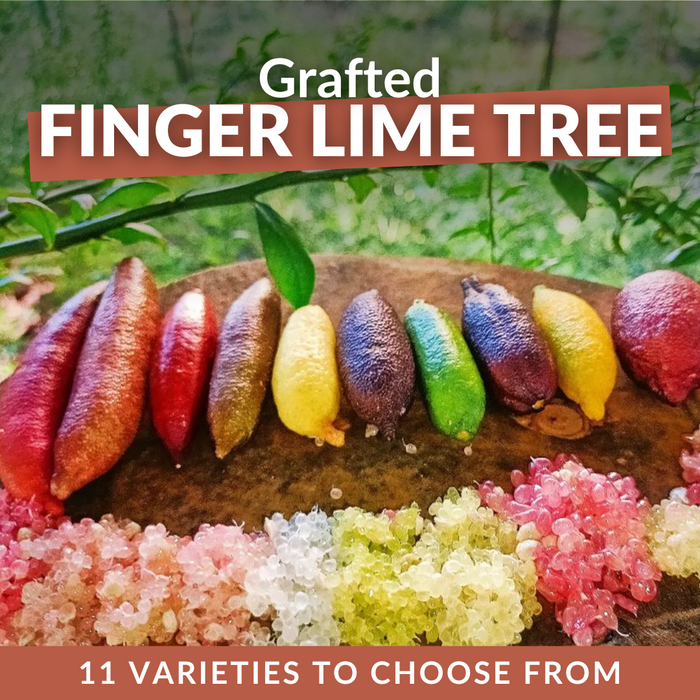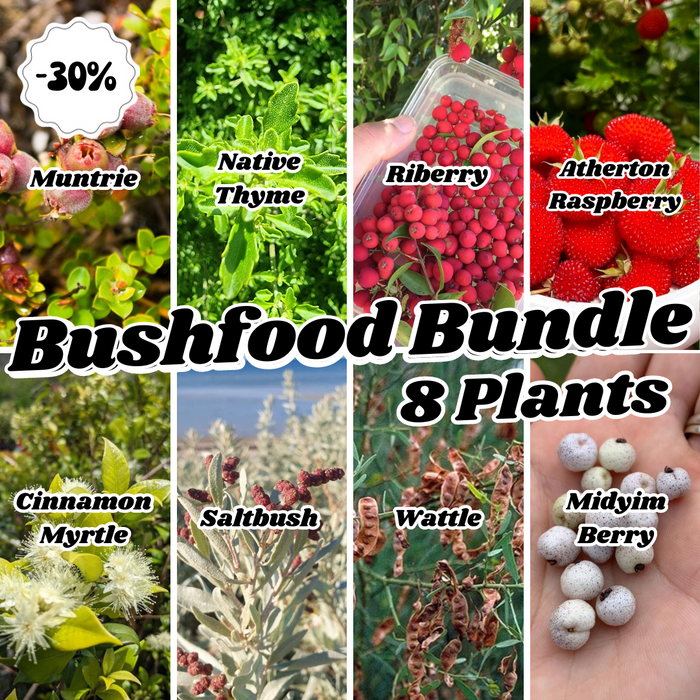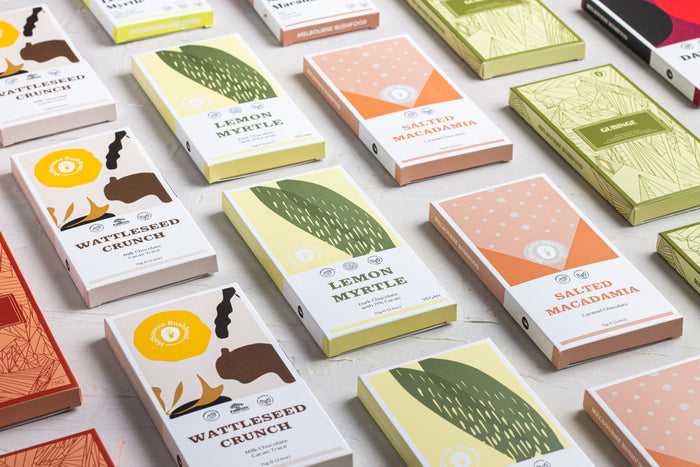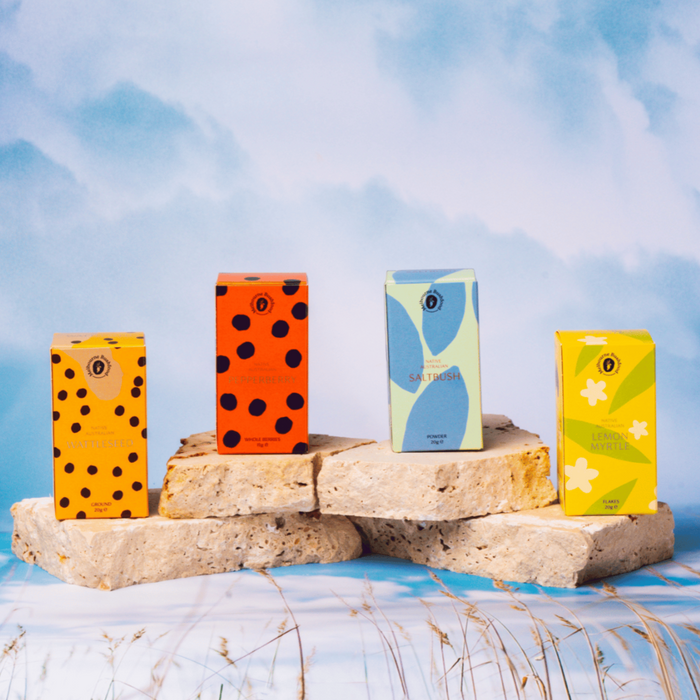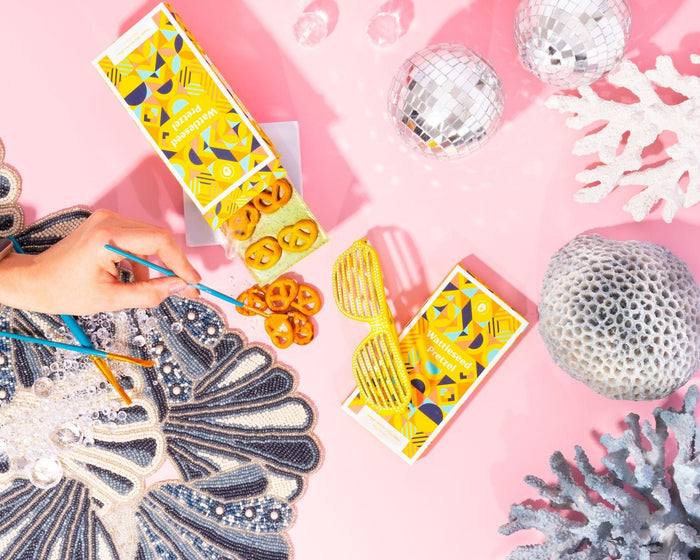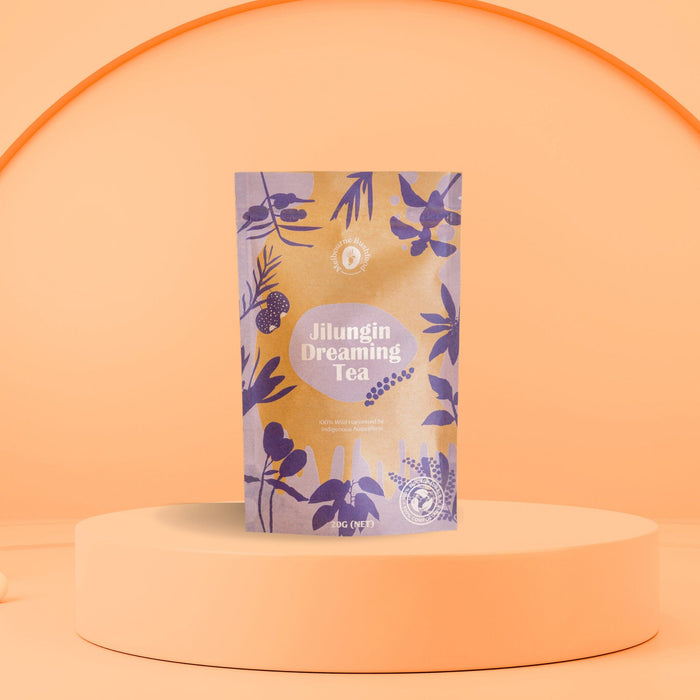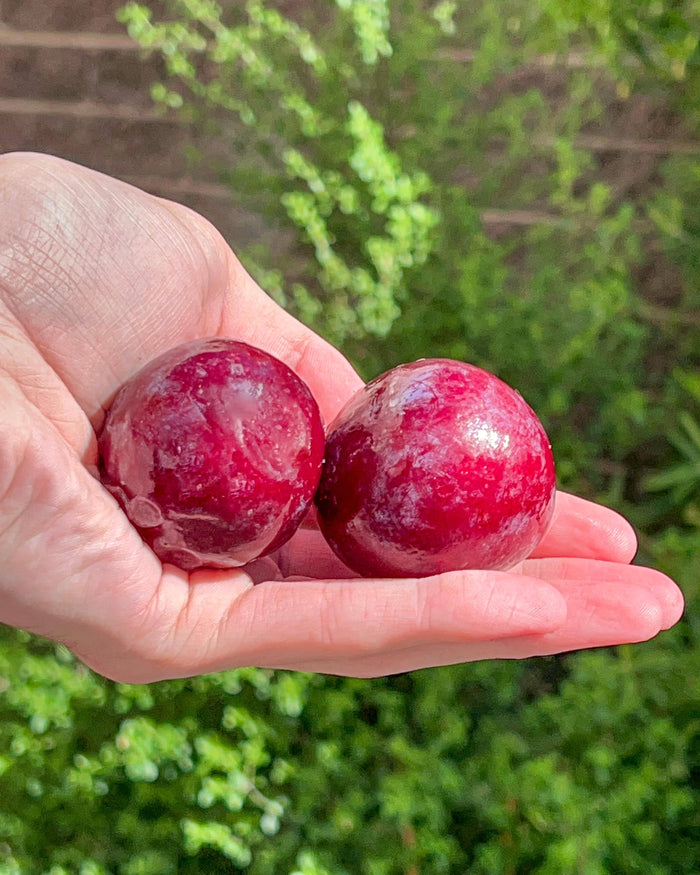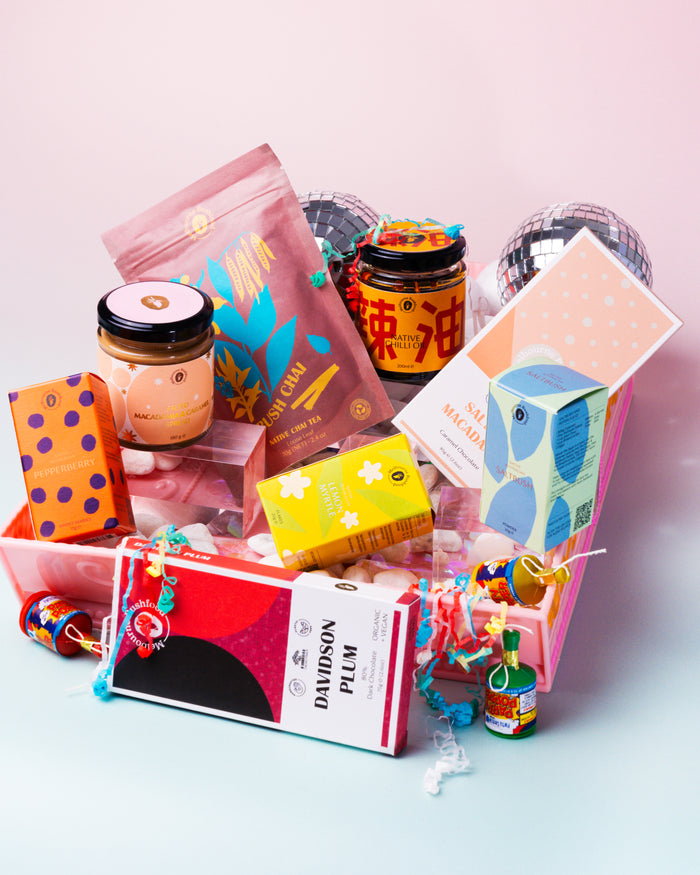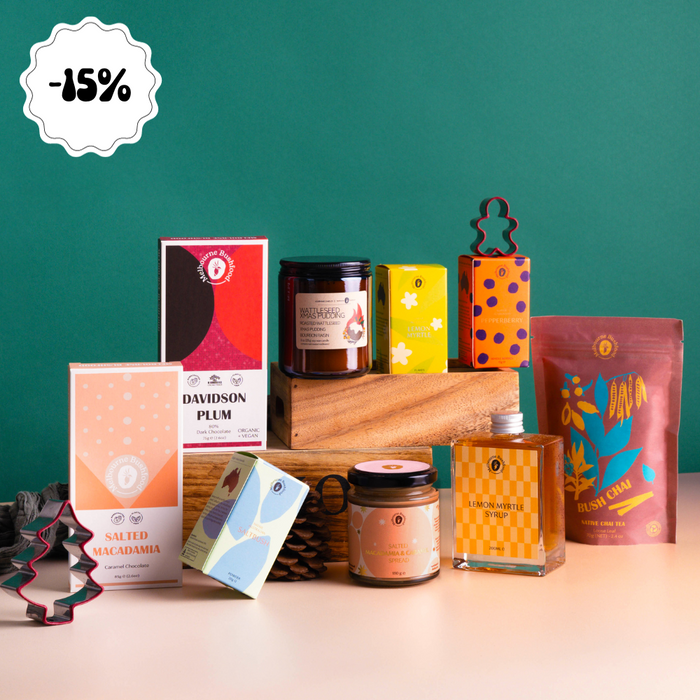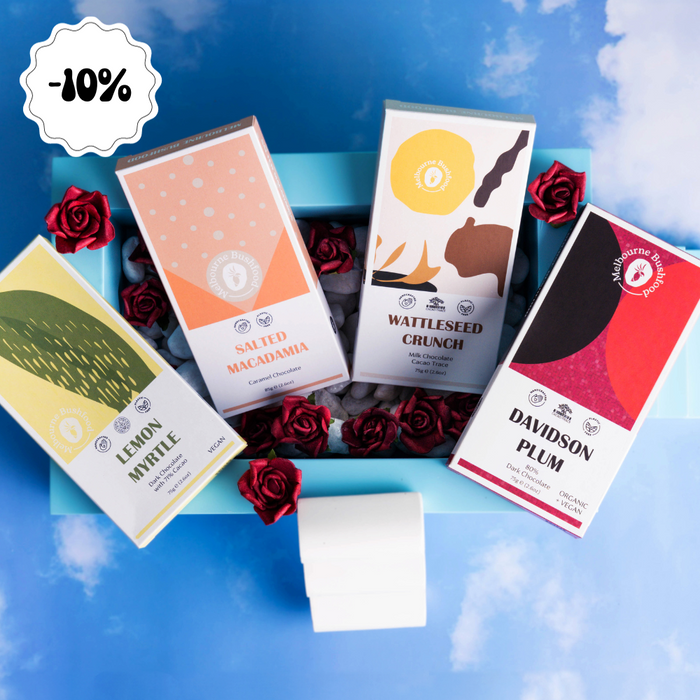

Four Native Bushfoods You Can Find Near You
Native foods! Incorporating them into our diet can be immensely pleasurable, giving an exciting diversity of flavours as well as a hit of nutrition. But when it comes to bush food, most people think they need to look into the vast arid plains of interior bushland to find something edible. The picture of native ingredients is one of a sunburnt country with nothing but flat, open terrain, or maybe even a dense canopy of lush rainforest hours away from the city life. Well, I have some great news for you! Finding these ingredients won't require you to drive, in fact, with a little knowledge you might even find something in your own backyard!

FORAGING NATIVE AUSTRALIAN INGREDIENTS IN URBAN AREAS
Before we jump into this wacky world of bush food foraging, there are some ground rules to be aware of, namely the importance we understand the areas in which we are allowed to forage. Foraging anything in National and State Parks is a big no-no, with fines and penalties being applied. That being said, there are permits available for foraging on council property, as well as various parklands for both commercial and personal use. If you're unsure or don't want to research, it's best not to forage.
Do:
- Explore your local area and its natural resources;
- Do a foraging course with a knowledgable guide;
- Start simple - look for ingredients you can confidently identify;
- Install an app on your phone, and cross-check anything you're not sure of;
- Get curious, have a fun day out, and most importantly - learn!
Don't:
- Take more than you need - a general rule is to take 15% so that birds, insects, and animals get a good meal, and so more will grow;
- Don't eat what you don't know;
- Pick Fungus + Mushrooms - it's easy to get them confused with some being deadly;
- Forage where you're not allowed to;
- Forage alongside roads, farms, or industrial areas - pollutants may be present which are harmful to humans.
FOUR NATIVE BUSH FOODS YOU CAN FIND IN URBAN AREAS
#1 Warrigal Greens // Tetragonia tetragonioides

Meet Australia's answer to English Spinach! Warrigal Greens is a leafy green herb that you can find across most states but is native to Southern Australia. Its natural habitat is sandy shorelines and bluffs but you’ll mostly find it scattered along waterways and near the coast. It’s easy to recognise and hard to confuse with anything so you should have no trouble spotting this one! It can be identified by its thick, triangular bright green leaves. The leaves will glisten as if covered in dew or fine sugar crystals, especially on the underside.
Interestingly, records don’t show them featuring as widely in Aboriginal cooking, though they are known to have been part of Maori cuisine as the plant is native to both Australia and New Zealand. Early colonists cooked and ate it as a spinach substitute as a way to allay scurvy.
You can use Warrigal Greens in the same way that you’d use spinach, chard, silverbeet and bok choy. As with spinach, the leaves are rich in oxalates and will need to be blanched or cooked before eating.
Warrigal Greens here
#2 Vanilla Lily // Arthropodium milleflorum

Native tubers like Vanilla Lily formed an integral part of Aboriginal diets on the mainland of Australia. Grown as an ornamental plant in gardens and older suburbs, Vanilla Lily can be easily identified by the white to pink flowers that bloom between November and February. The leaves are pointy and dense, with finger-shaped tubers developing underneath.
If you find a Vanilla Lily, you will most likely find a large cluster of plants extending for meters in either direction. To harvest the tubers, digging lightly on one side of the plant and using a hand shovel, break the tuber from the plant. Wash well, and remove the inner fiber before cooking. We recommend frying on medium heat with salt, oil, and garlic for a crispy and delicious side dish.
Vanilla Lily plant here
#3 Lilly Pilly // Szyzgium Smithii

One of our personal favourites! Lilly Pilly is a common hedge plant that produces purple or pink coloured fruit. Really hard to miss, you'll find this native in inner-city suburbs as a privacy screening along fences. In the summer, it will give a bright beautiful display of white flowers followed by a winter fruiting of pink-coloured fruit that is great eaten raw or as a variety of syrups, tarts, or jams!
The fruit is crisp like an apple, with a slightly sour and tart flavour. To remove the inner pip, use an olive pitter, or use a knife or just pick it out the old fashion way, with your hands.
Lily Pilly plant here
#4 Moreton Bay Fig // Ficus macrophylla

The Moreton Bay Fig is indigenous to the tropical regions of eastern Australia but has been widely grown in many parks in Sydney, Melbourne, Tasmania, and abroad.
The tree can be identified by its column-like root system which offers a unique feel in 18th and 19th-century parks. Fruiting year-round, the fruit is ready to be picked when it reaches a deep purple colour and is soft to the touch. Eaten raw, it is grainy and not very delicious. It’s at its best when ground into a fine paste to be used in sweet pies, or as a syrup for a unique cocktail.
HAPPY HUNTING

These four fabulous natives are just the tip of the bush food iceberg! There are over 6500 edible native plants in Australia, so you’ve got your work cut out for you. Make sure to always follow the bush food foraging ground rules, be safe, be respectful and have fun! Happy hunting!

